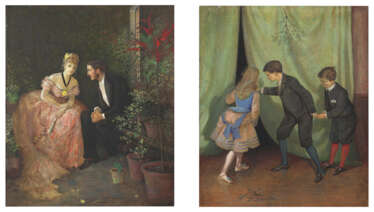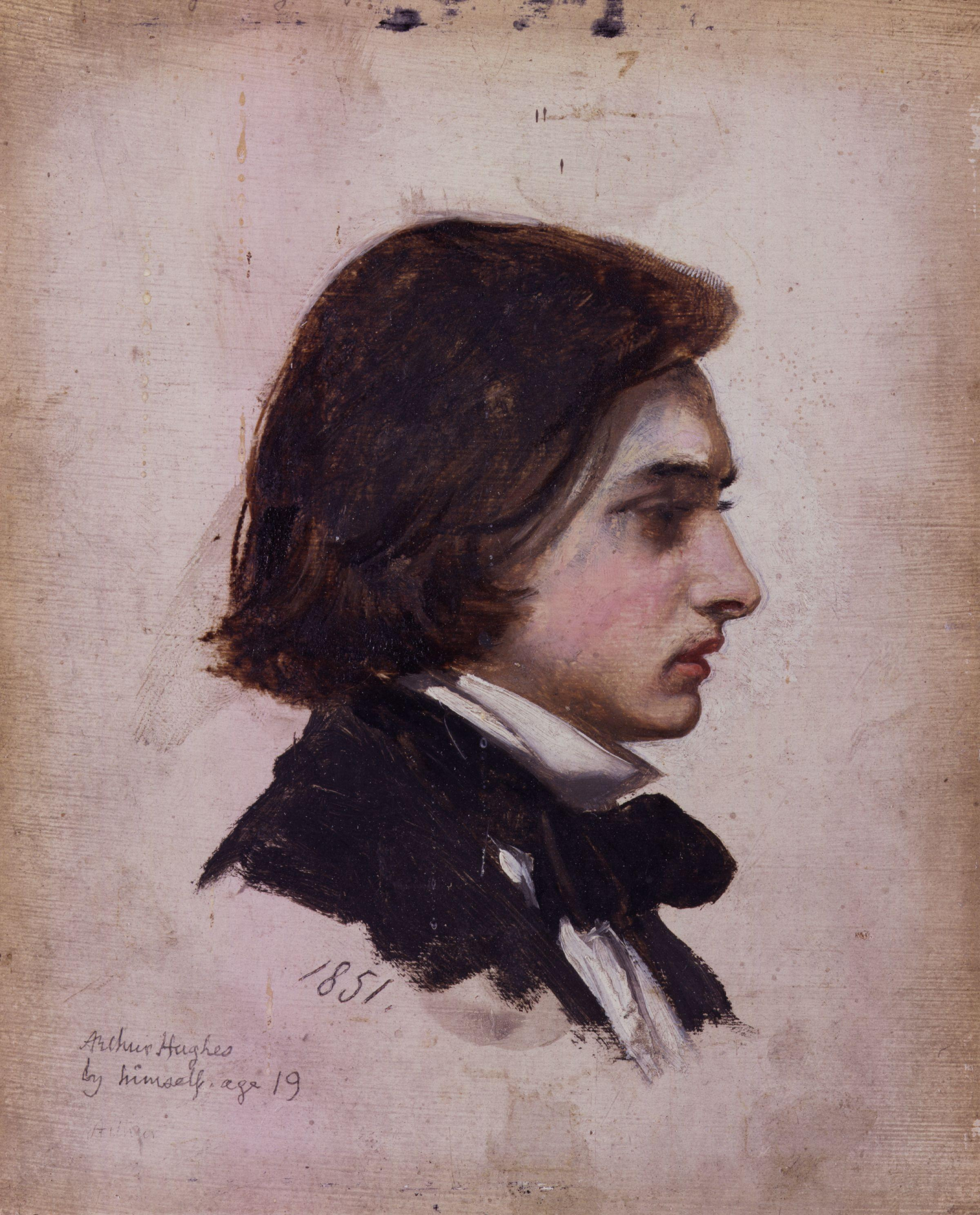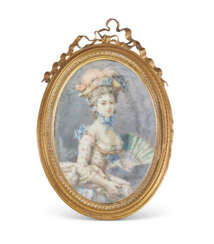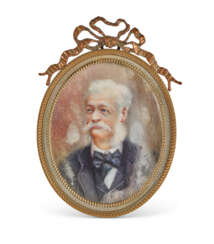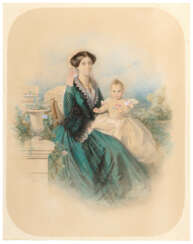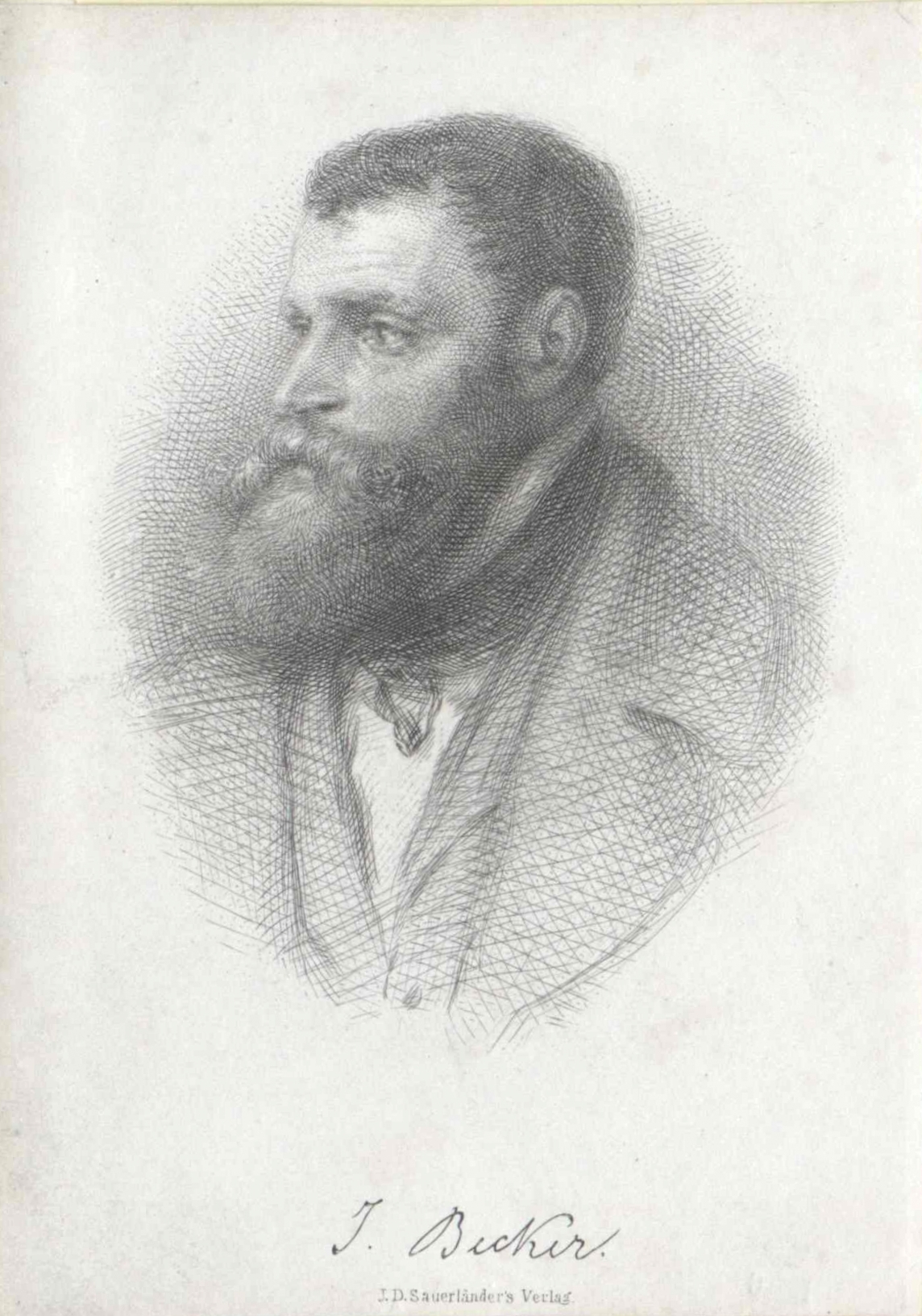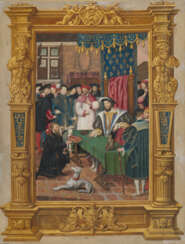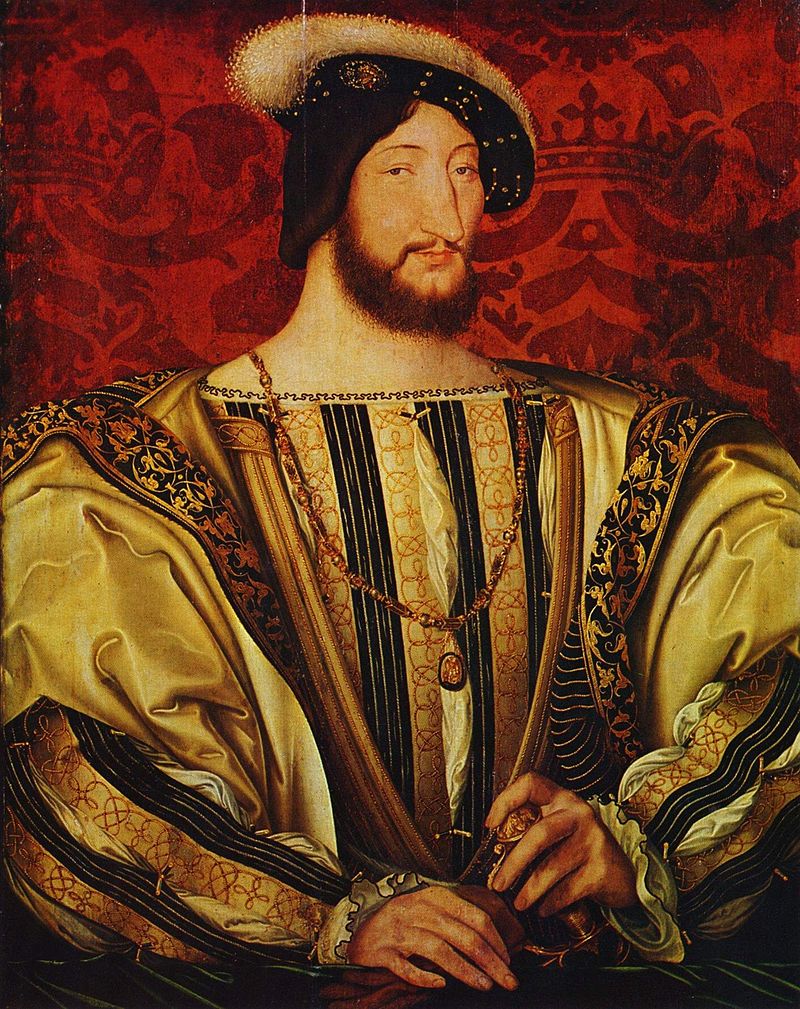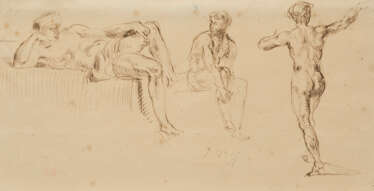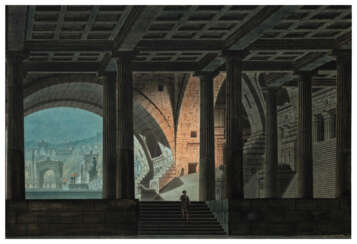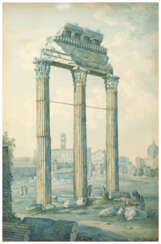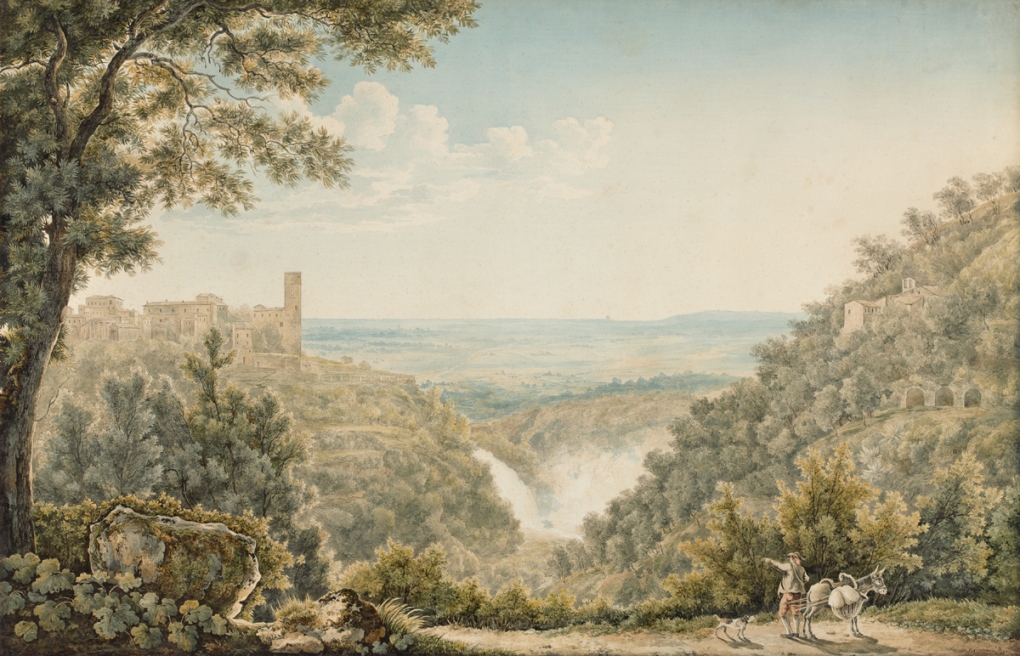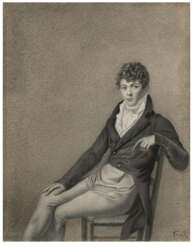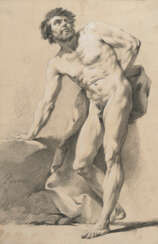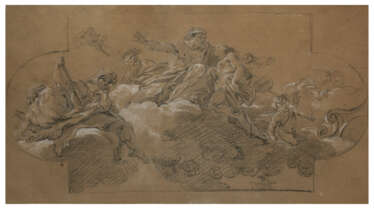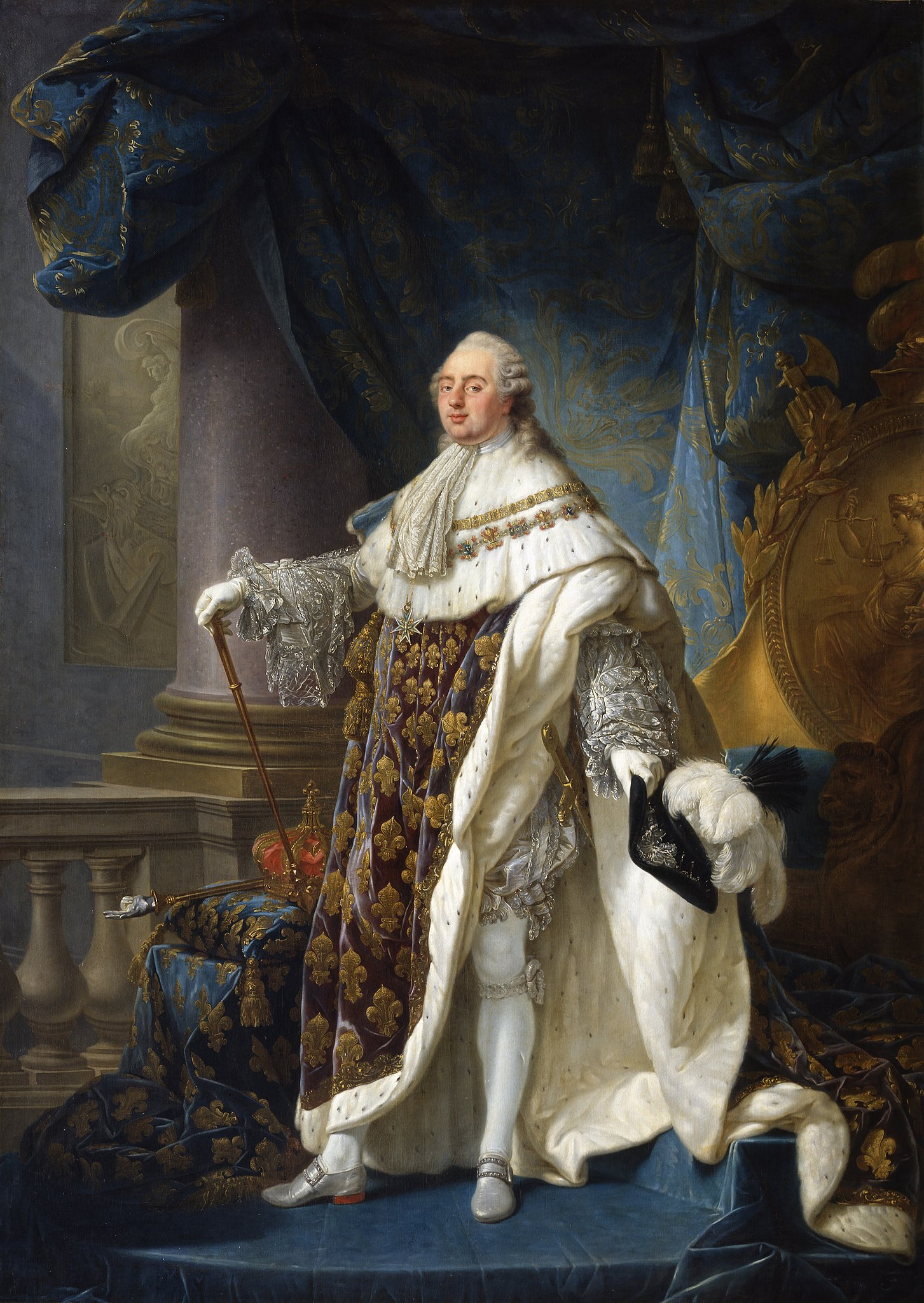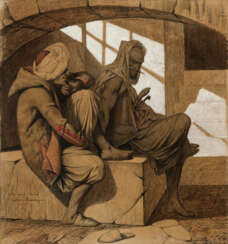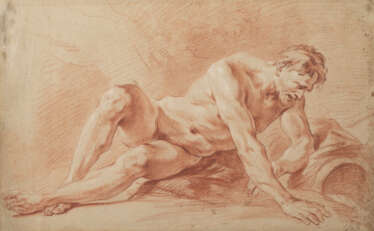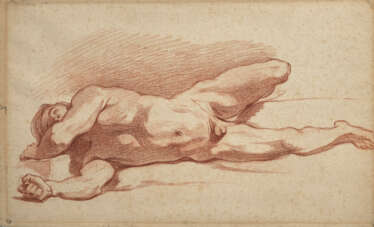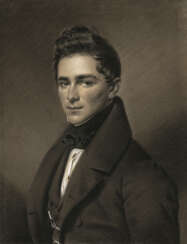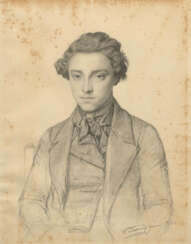
Drawings — Derniers souvenirs de Ferrières
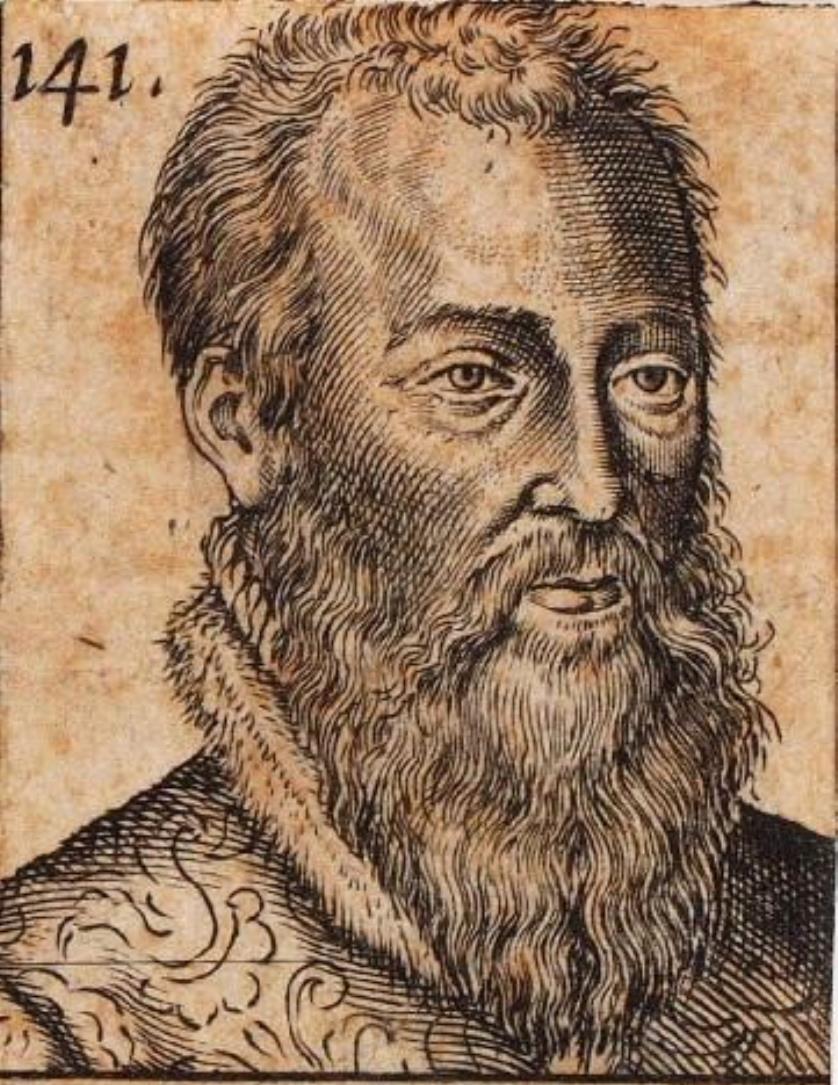
François Clouet was a major French Renaissance portrait painter.
François was the son of the painter Jean Clouet (1485-1540), from whom he learned painting. He became the favorite court portraitist of Kings Francis I, Henry II, Francis II and Charles IX.
François Clouet became famous for his mastery, accurately conveying the characters of people and meticulously painting their costumes.
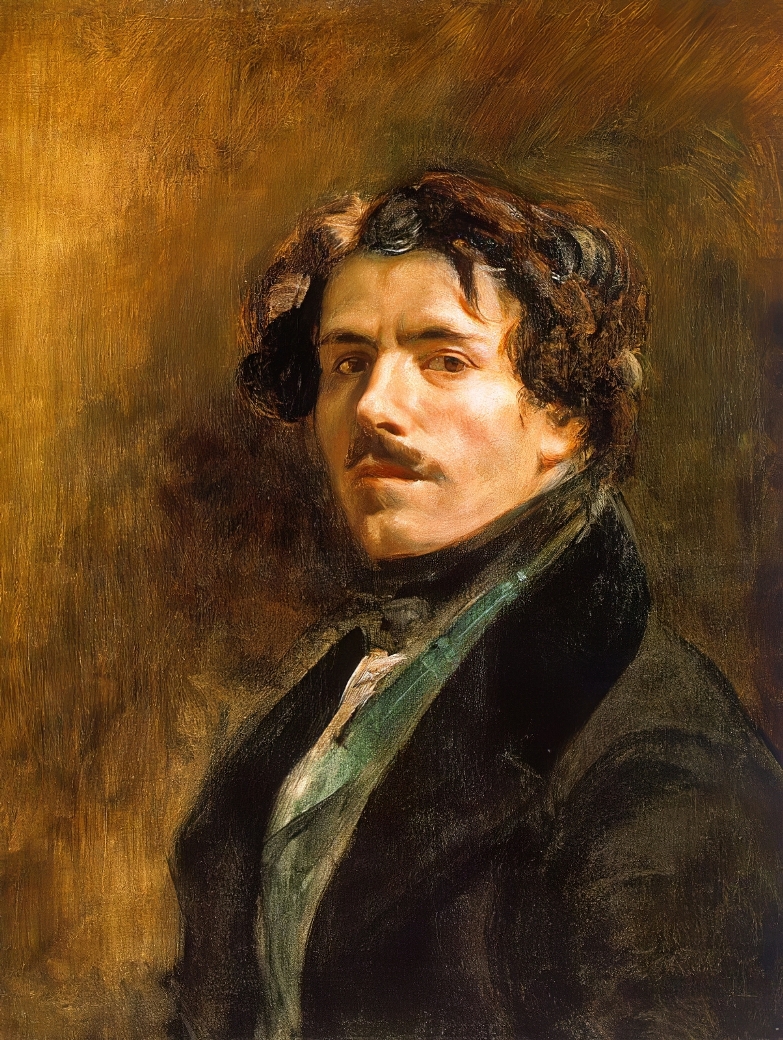
Ferdinand Victor Eugène Delacroix was a French Romantic artist, celebrated for revolutionizing the art world with his expressive brushstrokes and masterful use of color. Delacroix's art is characterized by its emotional intensity, vibrant colors, and dramatic themes, often drawing inspiration from historical, literary, and exotic sources. His innovative techniques and passion for expressive content made him a pivotal figure in the transition from the Neoclassical to the Romantic movement, influencing both the Impressionist and Symbolist movements that followed.
Delacroix's fascination with the exotic and the sublime led him to North Africa in 1832, where he captured the spirit and colors of Moroccan life, influencing his later works with themes of orientalism. This trip inspired masterpieces such as "Women of Algiers in their Apartment" (1847-1849), showcasing his ability to blend vivid color with intricate detail to evoke a sense of place and culture. His masterpiece, "Liberty Leading the People" (1830), is emblematic of his political engagement and artistic audacity, capturing the spirit of the 1830 revolution with a realism and fervor that resonated with the public and critics alike.
Delacroix's legacy extends beyond his paintings. As a muralist and lithographer, he left a significant mark on public and private art collections, with works displayed in prestigious institutions like the Louvre. His impact on the art world is seen in his influence on subsequent generations of artists, from the Impressionists' exploration of color and light to the Symbolists' fascination with dreamlike and exotic themes.
For collectors and experts in art and antiques, Delacroix represents not only a high point in Romantic art but also a bridge to modern artistic expressions. His works, housed in museums around the world, continue to inspire and captivate audiences with their intensity and beauty.
If you're passionate about Delacroix's contribution to art and culture, consider subscribing for updates on new product sales and auction events related to this iconic artist. Stay informed on opportunities to add a piece of art history to your collection.
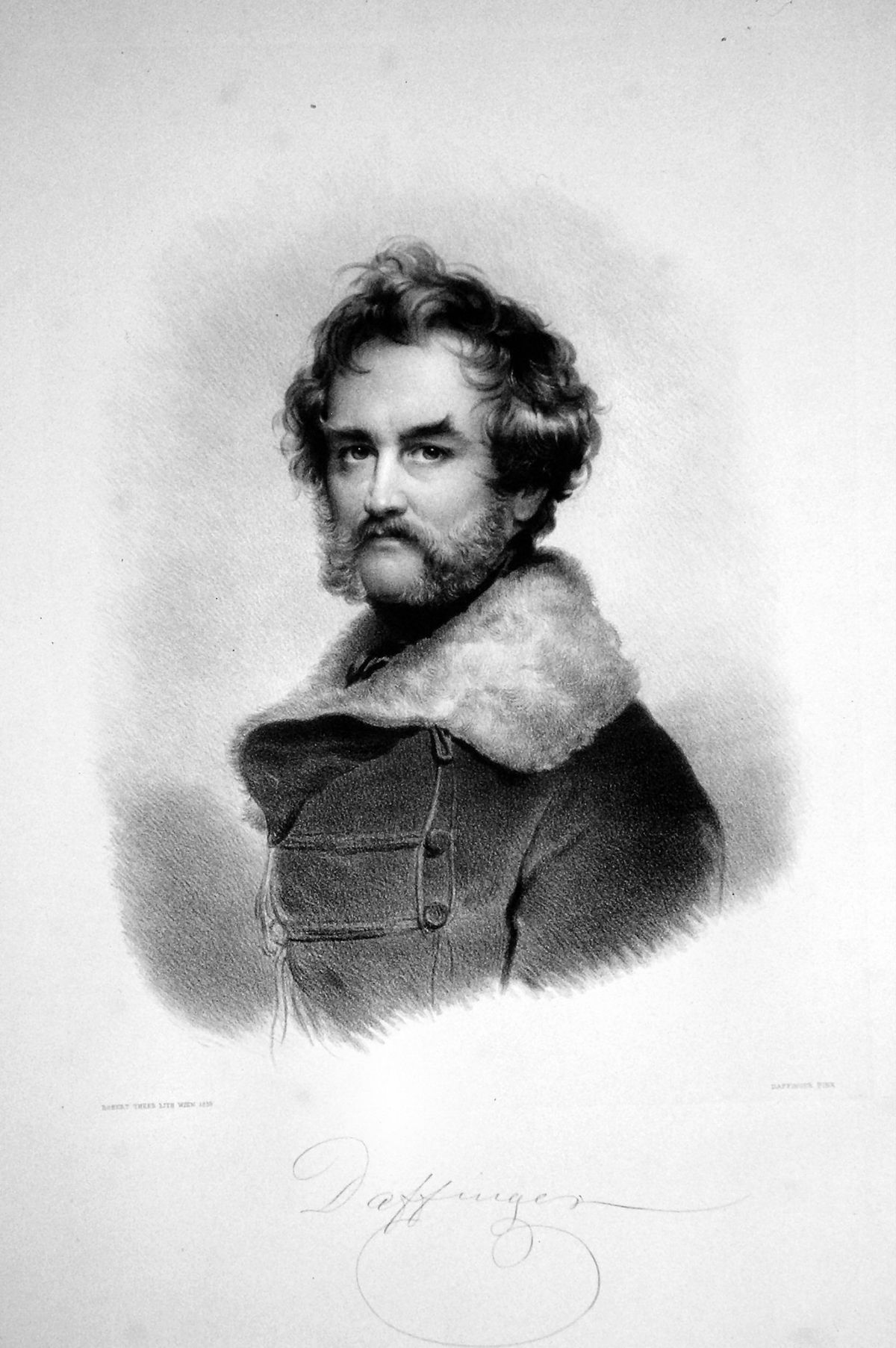
Moritz Michael Daffinger was an Austrian painter of the first half of the 19th century. Moritz Daffinger is known as a master of the portrait genre. He painted not on traditional canvas, but on more exotic materials: porcelain, ivory, or paper. The best masterpieces of his work today are in the private collections of patrons of the arts and members of the European high nobility, and his biography is closely linked to Vienna, where he lived all his life.
Moritz Daffinger was a master of miniature painting techniques and was noted for his extraordinary capacity for work. He created more than 1,000 portraits, and at the end of his life he was interested in floristry and left for posterity more than 400 watercolor works with images of flowers.
Moritz Michael Duffinger is rightly considered one of the best masters of portrait miniatures in the history of European painting. And his masterpieces still amaze art lovers with the refinement of images.
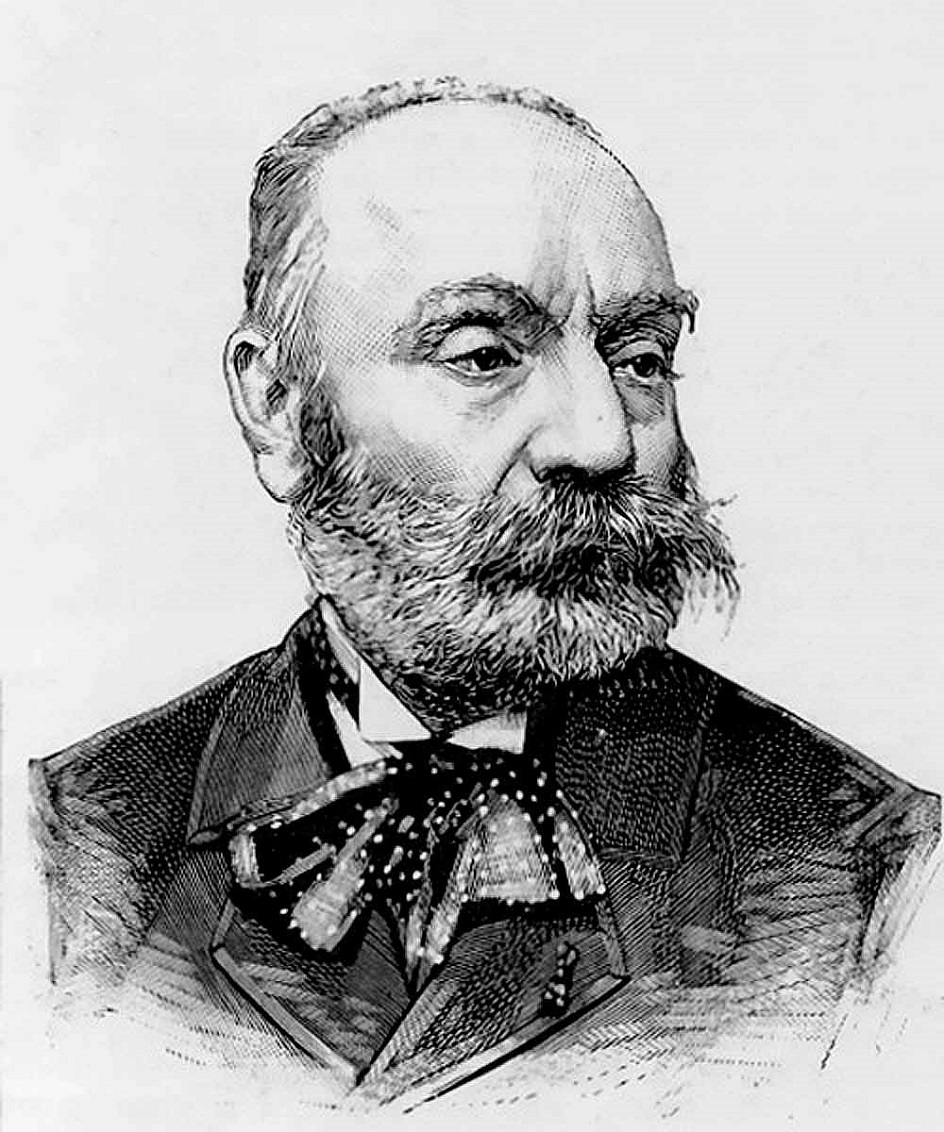
Gustave Clarence Rodolphe Boulanger was a French painter renowned for his classical and Orientalist themes. He was born in Paris and became an accomplished academic artist, earning accolades such as the Prix de Rome in 1849.
Gustave Boulanger's paintings often focused on historical subjects, with influences from Greek and Roman mythology, as well as Orientalism, particularly Middle Eastern themes. He also depicted scenes of daily life in ancient civilizations and had a knack for blending the ancient with the modern. Notable works by Boulanger include "Répétition théâtrale dans la maison d’un poète romain" (1855), presented at the Salon of 1855, which later inspired the Pompeiian palace inauguration. His style was known for its theatricality and ability to bridge the past with contemporary aesthetics.
Some of his significant works are housed in various museums and galleries, including the British Museum, the Art Institute of Chicago, and the Hermitage Museum. Examples of his works include "The Flute Concert," "The Slave Market," and "Theatrical Rehearsal in the House of an Ancient Roman Poet".
Gustave Boulanger also played a role in the cultural landscape of his time, teaching at the Académie Julian, where he influenced a generation of artists. His contributions to art and his ability to capture the spirit of different eras continue to be celebrated by collectors and experts in art and antiques.
If you are interested in updates on Gustave Boulanger-related auctions and sales, consider subscribing to a newsletter that provides such information. This subscription is designed solely for alerting you to new product sales and auction events related to Boulanger's work, without any additional promotional content.
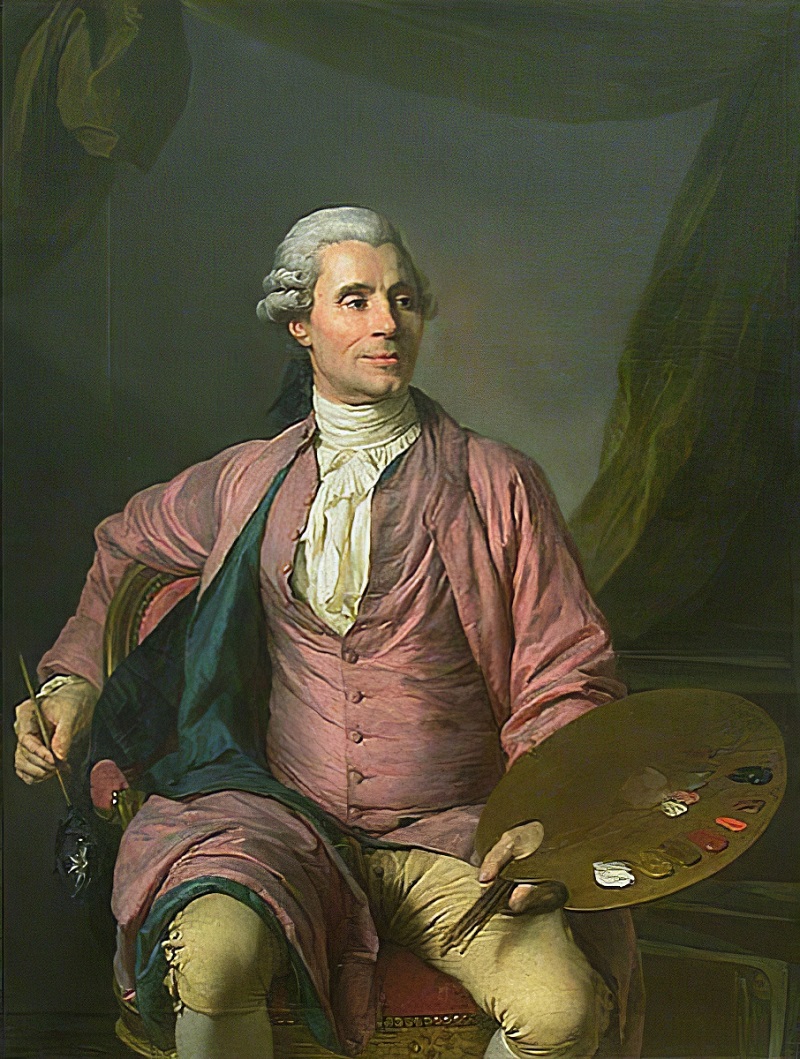
Joseph-Marie Vien was a famous 18th-century French painter of religious, historical and mythological genres.
Joseph-Marie Vien was best known for his neoclassical paintings and his active teaching career. He founded his own school in Paris, where he trained dozens of young colleagues, and the best masterpieces of his work are now in major French museums. There are many interesting facts and notable events in his biography.
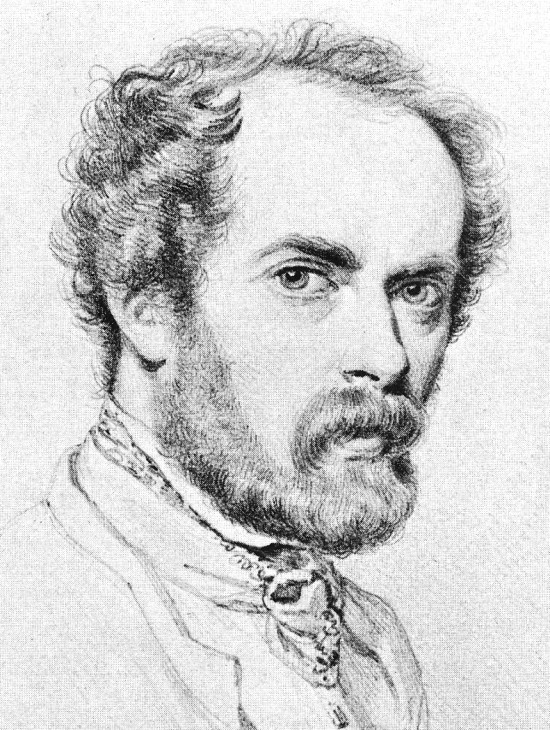
Jean Ignace Isidore Grandville, real name Gerard, was a French painter of the second third of the 19th century. He is known as a draughtsman-illustrator and caricaturist.
Grandville-Gerard came from a family of artists and actors, a stage name he adopted for himself. His humor and rich imagination made him one of the leading caricaturists of his time. Depicting contemporary mores, he endowed animals and plants with human vices and people with the appearance of animals.
Grandville illustrated many classic literary works, including La Fontaine's Fables, Robinson Crusoe, Don Quixote, and Gulliver's Travels, becoming famous for his unique and vividly creative interpretations.
